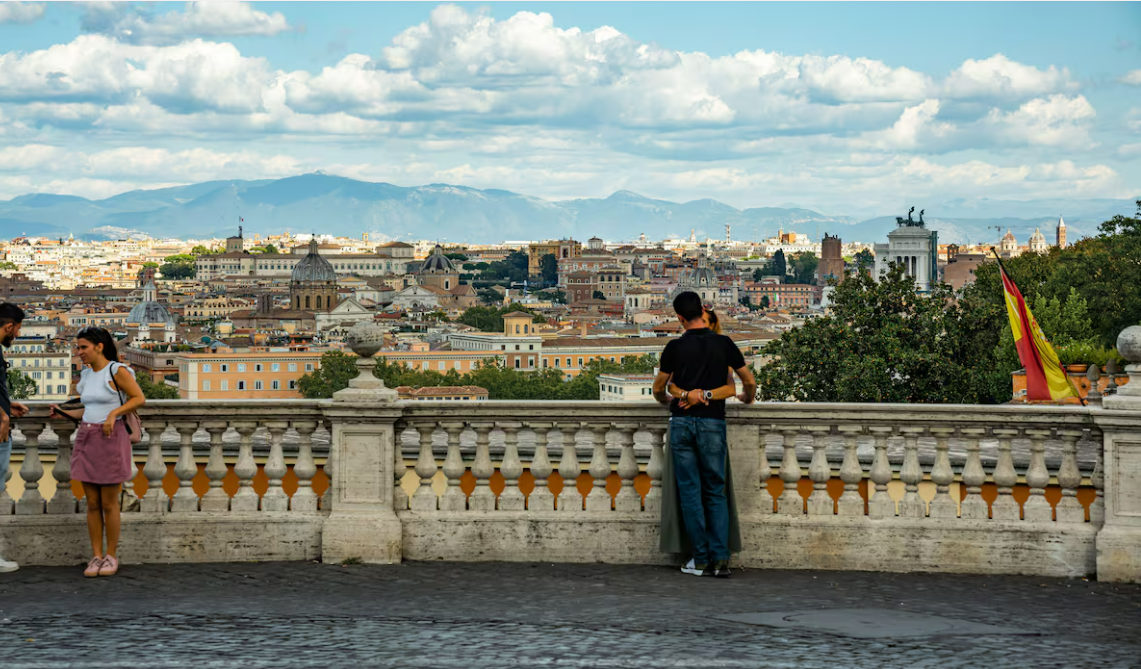Nestled in southwestern Estonia, Soomaa National Park offers a unique natural experience unlike anywhere else in the Baltic region. Known for its dense forests, winding rivers, and expansive bogs, the park becomes truly magical during the spring thaw—a period locals call the “Fifth Season.” During this time, melting snow and rain swell the rivers, flooding paths, meadows, and forests, transforming the landscape into a vast, shallow lake.
The park spans the Sakala uplands and the Pärnu lowlands, with rivers like the Halliste, Kopu, Lemmjogi, Navesti, and Raudna crisscrossing its territory. Its forests are dominated by aspen and Scots pine, and the wetlands—known locally as “haabjas” terrain—create a labyrinth of water and land. For visitors, Soomaa is part forest, part river, and part wildlife sanctuary. Beavers, lynxes, deer, and cranes inhabit the park, making a guided visit feel like a safari.
Getting There and Staying
Soomaa is roughly a two-hour drive from Tallinn, Estonia’s capital. Renting a car is the easiest way to explore the area. Accommodation options include Soomaa Holiday Village, located on the banks of the Halliste River, which offers canoe, paddleboard, and bicycle rentals, as well as picnic spots and river docks scattered throughout the park.
Experiencing the Fifth Season
Visiting Soomaa during the Fifth Season requires flexibility and amphibious thinking. Locals use haabjas, traditional wooden canoes crafted from hollowed aspen logs, to navigate the flooded landscape. This practice dates back centuries, though fewer artisans now build these boats due to declining demand and scarcity of large trees. The haabjas are designed with a shallow bottom and wide sides, ideal for moving across shallow, flooded areas. Tours led by craftsman Aivar Ruukel allow visitors to experience these unique vessels while learning about the heritage and techniques behind their construction. The haabjas were recently added to UNESCO’s Intangible Cultural Heritage list, highlighting their cultural significance.
Hiking and Observation
For those who prefer to explore on foot, the park features well-maintained trails, elevated boardwalks, and observation towers. During the Fifth Season, walking requires specialized peat shoes to safely traverse soft, waterlogged ground. The experience is akin to stepping on a natural, cushioned carpet, while local guides like Indrek Vainu enrich the journey with folklore, traditional songs, and detailed insights into the region’s flora and fauna.
Cultural and Historical Highlights
Soomaa’s history is deeply intertwined with its landscape. The area has been shaped by centuries of human activity, from grazing and fishing to Soviet-era collective farming. Villages such as Tipu, Riisa, and Sandra still preserve a sense of community, though today fewer than 50 residents live within the park. Visitors can cross the Jõesuu Suspension Bridge, built in 1975, and explore historical sites, while absorbing the quiet, remote atmosphere that defines this region.
Why Visit Soomaa?
Soomaa is a destination for nature lovers, adventurers, and anyone curious about unique ecosystems. The Fifth Season offers a fleeting opportunity to witness Estonia’s wetlands in their most dramatic state. Whether gliding in a haabjas, spotting wildlife, hiking elevated trails, or learning about local craftsmanship, visitors gain a rare insight into the harmony between people and nature in one of Europe’s most remarkable wetlands.
Tips for Visiting
- Plan your visit in spring for the full Fifth Season experience.
- Hire a local guide for safe navigation and cultural context.
- Wear waterproof footwear or peat shoes for hiking flooded trails.
- Engage with local artisans like Ruukel to learn about haabjas construction.
- Respect the fragile ecosystem and wildlife; Soomaa is as much a sanctuary as a tourist destination.
Soomaa National Park is more than a forest or a wetland; it’s a living cultural and natural landscape. Visiting during the Fifth Season is a chance to experience Estonia’s wilderness in its most extraordinary form, where rivers rule the land and traditional practices like haabjas navigation connect past and present.


